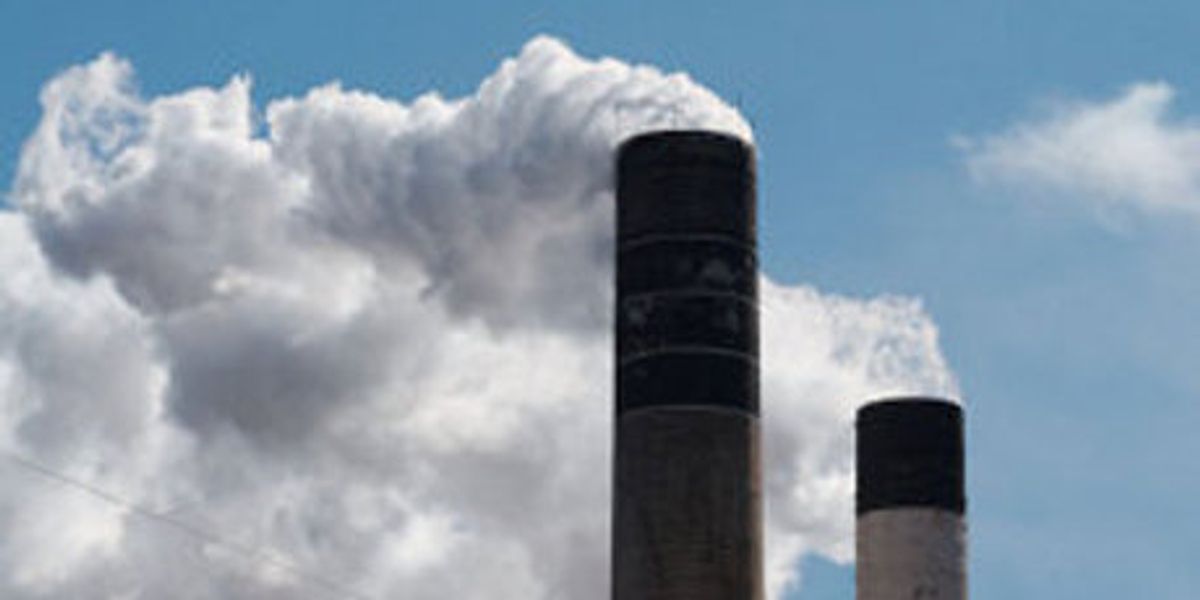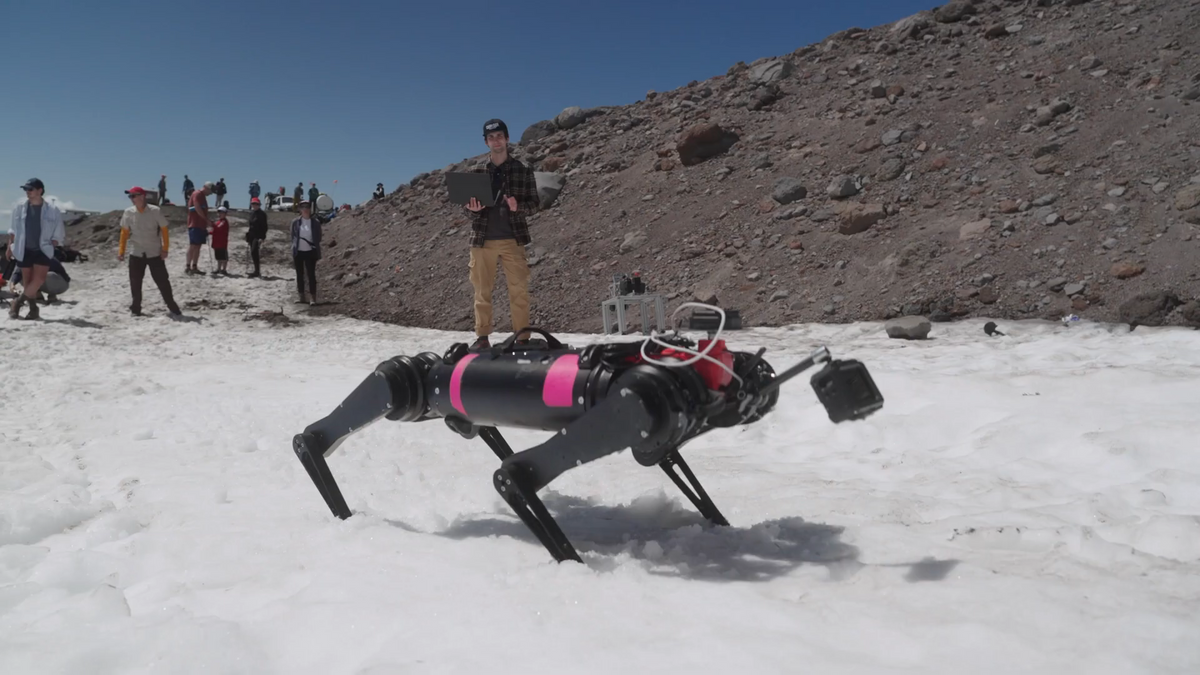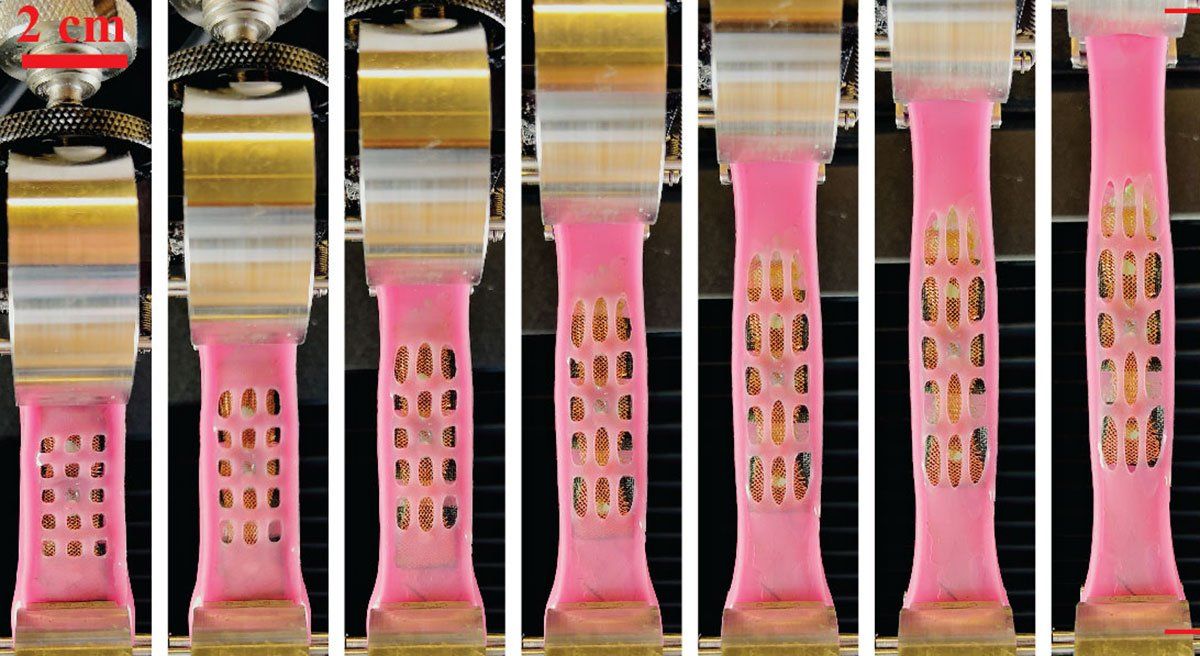AWS Convergence Technology, a Maryland-based company that operates weather monitoring stations, announced last week it would deploy a network of 150 greenhouse gas sensor stations to monitor regional emissions. AWS, known for its WeatherBug app, has renamed itself Earth Networks. The system will be built and operated in partnership with Scripps Institution of Oceanography, which will use its data in research. Consisting initially of 100 stations in the United States, 25 in Europe, and 25 other places in the world, the network is meant to determine more accurately where emissions are originating, how they circulate in the atmosphere, and how their levels fluctuate regionally.
As explained by Katie Fehrenbacher of Earth2Tech, the sensors themselves will be provided by Picarro, "a Sunnyvale, Calif.-based startup that sells $50,000 greenhouse gas-detecting sensor boxes. The analyzers are about the size of a desktop PC, and they work by firing laser beams into the air to determine concentrations of green house gases, and then measure the changes in wavelength signals. While the technology has existed in labs for decades, Picarro has stuffed all this measuring capability into a portable, 58-pound box of sensors that requires little maintenance."
Scripps Director Tony Haymet says that regional GHG emissions are of vital interest, with California and the U.S. Northeast launching carbon trading systems. Reported emissions are not reliable, he says, and can vary by a factor of as much as four.
"If there were every a global trading scheme for carbon," he says, "we are positioned to be the 'SEC' of that market. We could be the regulator of a $1 trillion market."


